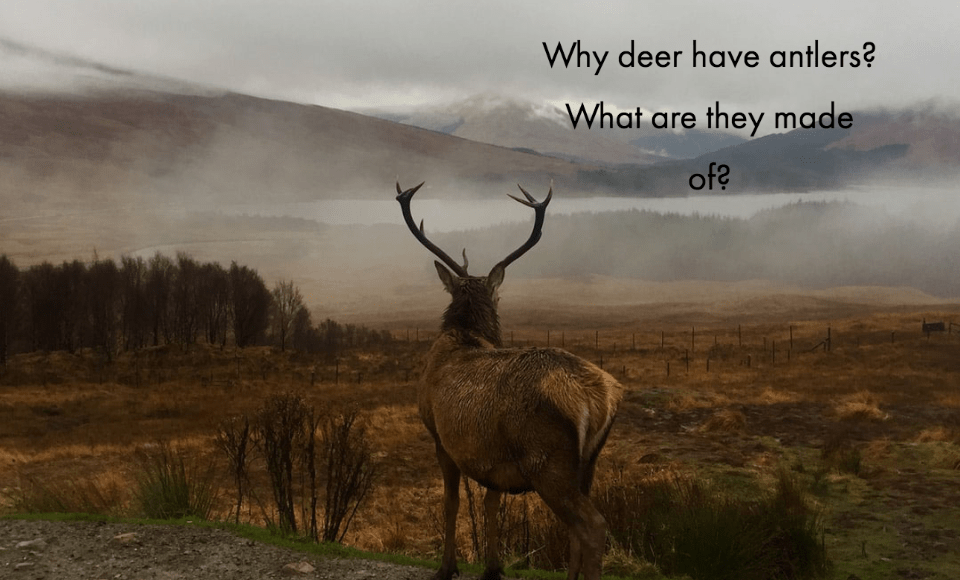Each spring in nearly all forests in the continental United States, something magnificent occurs. Male deers start to grow a curling organ from their foreheads. You’re most likely aware that they are called antlers. But, have you ever wondered why deers have them, and what are they made of?
Antlers are present on the members of the Cervidae or deer family, such as the deer, moose, elk, and the caribou. Among them all, only the caribou has an antler commonly found on females.
While they are often regarded as horns, they are actually not. Horns, like those goats, sheep, and cows have, are created from hair-like tissues that sprout through a bong core. Moreover, they don’t shed, and for some species, they can be utilized to determine the age by getting the number of rings on their horns.
Antlers, on the other hand, are made mainly of phosphorus and calcium. They are deciduous, meaning they are shed or dropped annually, and grown anew every year.
Deers aren’t born with a base for the antlers. Instead, antlers protrude from a foundation called pedicels, situated on the deer’s frontal bone on its skull. On average, the base will start to grow 4-5 months. Then, a deer will grow its initial set of antlers when they are nearly one year of age.
But how do antlers grow? Well, the tissue or skin located on the top of the pedicels reacts to the deer’s hormones, causing it to develop. One surprising thing about this growth tissue is that if it is removed and grafted to nearly anywhere else on the deer’s body, the antler will develop there. You can actually get deers to grow more than two antlers through surgical means.
Meanwhile, the antler shedding cycle mainly depends on the photoperiod or day length. The deer’s brain seemingly has its own clock that gauges the time of light or darkness. It then utilizes the information in controlling the release of the hormones in the deer’s body.
Experiments and tests have shown that those bucks or male deers who were exposed to equal hours of light and dark haven’t shed or developed new ones. On the other hand, the bucks who received constant light have grown and shed more antlers within two years.
The development of antlers usually starts in April when day length significantly increases. Antler’s growth is regarded as one of the fastest tissues to grow among mammals, growing at a rate of a quarter of an inch a day. Its growth will start with a bud protruding on the pedicel. After a month, the initial tine must have begun to split or form. Then, the second tine will show up after a month. Antlers will become fully developed after four months.
While the antlers are developing, they are brimmed with blood vessels and nerves enveloped by a tissue covering called velvet. Antler’s growth seemingly feels like constructing a building. Its structure is created first before solidifying its form. With that, deers antlers tend to be soft during the early summer and will start to harden as the season passes by.
Antlers serve a lot of purposes for deers. First, it is believed that antlers evolved to create competition among bucks for females. Other uses include signifying dominance against the same species for food and for defending themselves against predators. Moreover, deers also use them for knocking down fruits and creating wallows or depressions on the ground, wherein deers lie to relax.
Lastly, size actually matters for antlers as it is indicative of the deer’s health. Antlers can be so huge and require an ample amount of energy and resources to grow and carry, which means only the healthy ones can develop such large antlers. For instance, elk antlers may have six to seven points each, which can span up to four feet and weigh up to a total of 40 pounds.
More Readings:
Deer (Wikipedia)
Related Posts:
